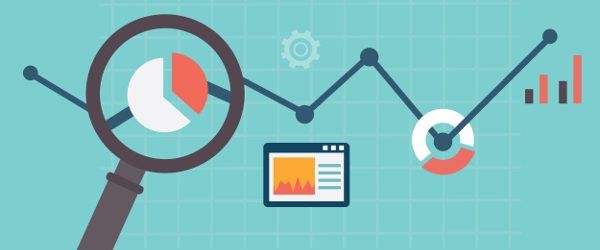
Lisa Kart, a leading Research Director for Gartner has been speaking about how true analytics businesses are concernced with more than just transaction data.
Instead, the correlations and patterns from disparate, linked data sources can be used to yield greater insights and transformative opportunities.
Lisa Kart, said: "The biggest opportunities are with connecting the data you already have."
"Being able to get a cross-channel view of your customers can mean digging deeper and connecting the silos together to transform the data into something consumable."
A lack of direction in data collection has been cited by Ms Kart as a barrier to analytics in many organisations. So that even when it is known where to find data, often there is no idea what to do with it once they have it.
According to Ms Kart, data is often siloed and becomes ‘dark’ data and the data strategy is not tied into the business problems that are trying to be solved.
Gartner has identified four main types of business analytics, with Ms Kart commenting: "Think of them as your analytics portfolio. The four types are, descriptive, diagnostic, predictive and prescriptive, with all four needing to be used together."
Ms Kart said it’s time for organisations to move: "from using business analytics to being an analytics business." It has been pointed out that rather than getting swept up by the hype around big data, it is necessary to first identify what business purpose it will fulfil.
Ms Kart went on to identify some positive examples of analytic businesses, for marketing departments: "Burberry was able to blend the in-store and online experience for their customers," said Ms Kart.
Improving operations and finance departments to improve performance, Coca-Cola were highlighted. Ms Kart, said: "Many people think Coca-Cola’s best kept secret is their formula for Coke. It’s actually the formula for their Minute Maid orange juice."
"Using satellite images, weather patterns, expected crop yields and even variables in flavour such as acidity and sweetness, Coca-Cola were able to fine-tune their formula to such a point that they could respond and change within 5 – 10 minutes of a hurricane or frost."
Although analytics can help to drive businesses forward, the onus is upon the individual to use available data to create new business opportunities, and that by putting data in the hands of all employees, innovation can occur.






